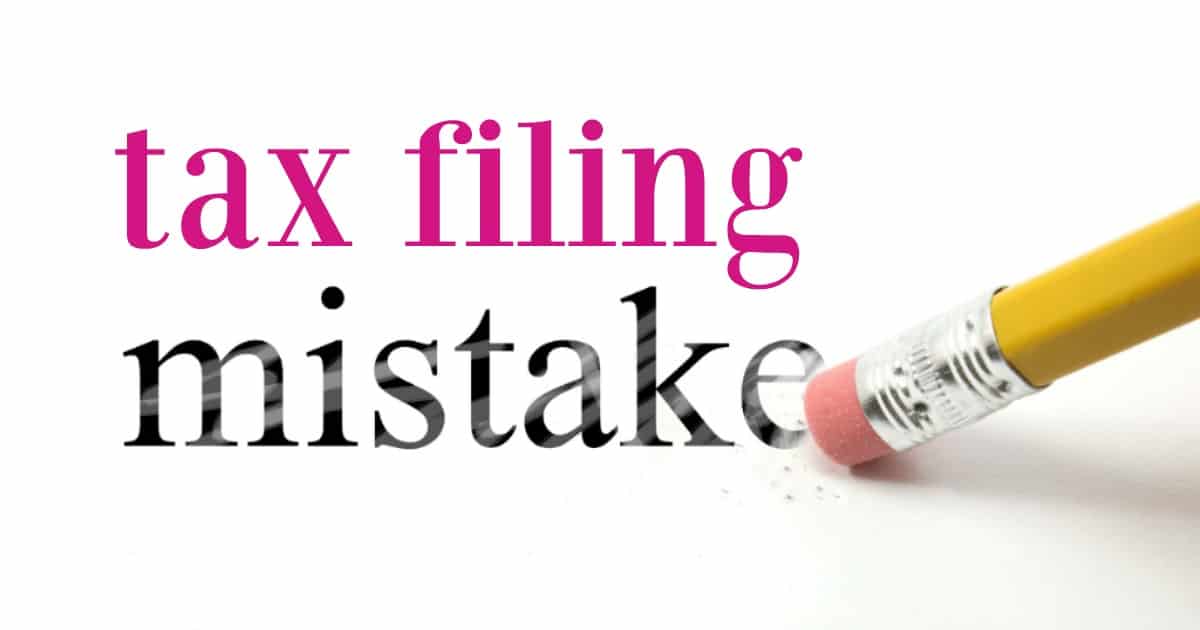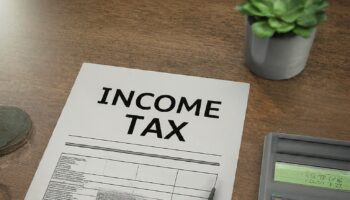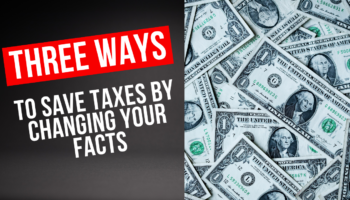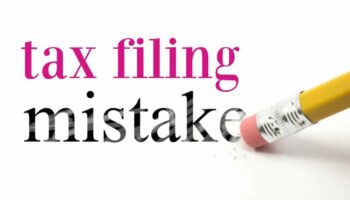As we approach the May 2 filing deadline for personal tax returns in Canada, most taxpayers will be filing their tax returns using a do-it-yourself tax software.
Often, these taxpayers assume that using a do-it-yourself tax filing software means they no longer need the support of their accountants.
While most of these personal tax software platforms are mathematically correct, provide “intuitive” guidance based on your responses to tax questions, and allow for ease of filing with the Canada Revenue Agency (CRA), they don’t provide advice when dealing with personal financial matters that may impact the current year’s tax filing.
As a result, you may miss important tax planning tips that may impact your current and future tax filings. Here are 10 of the common mistakes these taxpayers make so you can avoid them as you file your taxes in the coming weeks:
1. Taxpayers tend to put the most favorable interpretation on tax rules and regulations
For example, being self-employed does not usually mean you are entitled to expense everything that comes to mind. Certain expenses such as clothes you wear to work, meals and entertainment, and home office expenses may not qualify as eligible expenses.
Although these expenses could be taken as a deduction when you file your tax return, there are specific rules you must be aware of to determine eligibility.
2. Taxpayers often think they can claim what their friends can claim
You only look at your own situation. Each taxpayer’s circumstances are different. One of the most common tax filing mistakes is the belief that car expenses can be written off merely because you drive your car to work.
Vehicle expenses are only deductible where the vehicle is needed to perform the job, the employer demonstrates that need, and provides a signed and dated Declaration of Conditions of Employment to the CRA if requested.
3. Taxpayers overlook the benefits of carryforwards
Common examples of lost tax reduction opportunities from carryforwards are tuition fees, capital, and non-capital losses, medical expenses, and donations. All these carryforwards, if ignored, will result in a higher future tax expense for the taxpayer.
4. Taxpayers do not keep their tax files long enough
Taxpayers may be aware that as a general rule, CRA requires you to maintain all tax records and documents that support your filed tax returns for a period of six years from the end of the last tax year to which they relate.
Additionally, if you file an income tax return late, you must keep your records for six years from the date you file the return.
Most taxpayers will probably be able to find the original source documents in a box in the basement, but finding electronic copies of tax returns can be problematic as new computers are purchased, PDF files are lost, tax programs are erased or new tax software cannot read old programs.
5. Taxpayers may think CRA will provide them with a positive reassessment
If you fail to file information from a T4, T5, or other documents that are matched with the records of your employer or financial institution, the CRA will notify you, reassess you and undoubtedly charge you interest and, perhaps, even a penalty, for your oversight.
On the other hand, if CRA discovers through the filing process that you have missed inputting property taxes, tuition fees, disability, or any other deductions to which you are entitled, the CRA is under no obligation to notify you and send you a refund.
6. Taxpayers may miss opportunities to file corrections
If errors or omissions occur in the filing, taxpayers may not know how to take advantage of the opportunity to correct the error by filing a T1-Adjustment. Thus, the possibility of reducing income tax liability may be lost forever.
7. Taxpayers who are owner-managers of a corporation may fail to record draws and loans from their company as income
Failure to properly record this income may result in additional taxes, interest, and penalties.
8. Taxpayers may miss available deductions
Interest expense on business or investment loans, income splitting, administration fees paid for investment counsel, combined with myriad deductions that may be available to a taxpayer may be missed.
These are just a few examples of deductions that taxpayers miss when they file their tax returns. As a result, they pay more than they should in taxes.
9. Taxpayers may miss available credits
Tax credits directly reduce the amount of taxes due, dollar-for-dollar. Refundable tax credits like working income tax credit and non-refundable tax credits like charitable donations and spouse/common-law partner credits could be missed if care is not taken when filing your tax returns.
10. Taxpayers get upset when dealing with the CRA
If you are nervous and feel generally uncomfortable dealing with your tax matters, you may misinterpret the needs of a CRA officer and inadvertently provide inadequate or incorrect information that may unnecessarily result in an expanded audit process.
Conclusion
Although most taxpayers are able to file their personal tax returns using many of the software platforms available, it is important to seek advice, particularly if you have a complex situation.
As a licensed Chartered Professional Accountant, I am always on your side. The truth is that filing personal taxes is not the hard part. What may be challenging is getting the appropriate insights from your tax returns that will enable you to plan better going forward. So, if you’ve already filed your taxes, can you answer these questions about your personal tax situation…
- What’s the dollar amount I paid in taxes?
- What’s my average tax rate?
- What’s my marginal tax rate?
- Why did I get a refund? Why did I NOT get a refund?
More importantly, if you have answers to these questions, do you know what to do next to earn more income in 2022 and pay less taxes in 2022 than you did in 2021? As I prepare taxes and look at these numbers daily, I’ve seen Canadians who pay zero taxes, 1% in taxes, 13%, 19% with income ranging from $50,000 to almost $100,000. But it takes planning to achieve results like this. As I’ve said many times when you don’t get insights, you end up paying more in taxes than you’re required to and a dollar lost in taxes today will not only cost you a dollar today, IT WILL COST YOU A MULTIPLE OF THAT DOLLAR OVER TIME!
If you don’t have answers to these questions or if you don’t have an action plan, then I invite you to learn how my TaxInsights Offer can help you minimize taxes, improve cash flow and get ahead financially. For a limited time and for ONLY $97, I can still provide INSIGHTS with a review of your taxes for a minimal fee. Get the details here.






